Call Quality
Let’s talk about voice capture efficiency and call quality. The FoKus Mystique has an improved microphone placement compared to the FoKus Pro, with the microphone on the faceplate rather than on the side of the shell.
After testing it with my friends, with whom I usually test call quality, I can say that it is much better than the FoKus Pro. The Mystique captures my voice and transmits it cleanly to the receiving party. When I’m in a coffee shop, the clarity of my voice drops a little, but the background noise never takes over or becomes overwhelming, so the person on the other end can still hear me well above the chatter. If you’re looking for a TWS for conversations, the Mystique will handle casual conversations with ease. No TWS can help you without some software wizardry for windy and unusually noisy environments. So, for a rodless TWS, these are pretty good. Also, transparency mode works well to quickly hear the person talking next to you without removing the IEMs. There is a slight background hiss while using the ambient/transparency mode, but it gets the job done.
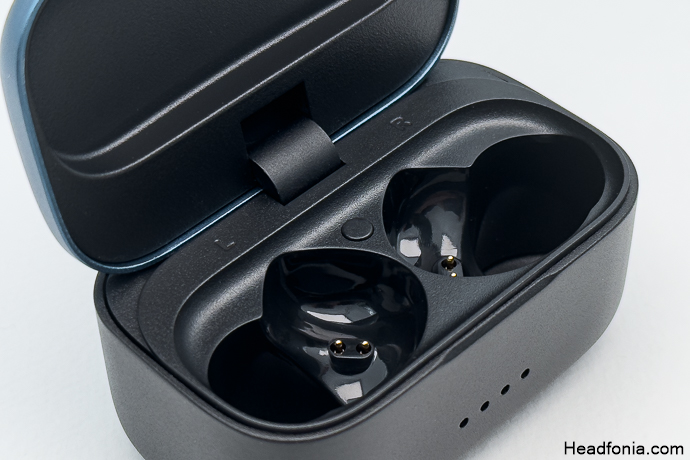
Battery Life
Using the Aptx Adaptive codec with my Android 13 phone, I can easily reach 7 hours of usage time as per claim, which is more than enough, considering now that after one year, my AirPods Pro 2s barely hold 3 hours of juice. The IEMs have 45mAh batteries per side, and the case has a 500 mAh battery pack inside. Seven hours of continuous playback is quite good for an audiophile-focused 3-driver TWS with a compact shell. Similar to the FoKus Pro, I only need to charge it once a week, and that’s quite good. Both the earphones and case fully charge in approximately 1.5 hours. For users who rely on the FoKus Pro as their primary earphones, Noble offers the convenience of purchasing an additional case at a reasonable price of 50 USD.
Sound Signature & Impressions
The Mystique offers a warm, engaging, and fun signature with an elevated bass response. The 2BA+1DD configuration has worked well for Noble before with the FoKus Pro, and comparing both side by side reveals several improvements they’ve made to the Mystique. For starters, the Mystique’s signature feels airier and cleaner throughout the spectrum. Although the bass density of the Mystique is slightly higher than the Fokus Pro, the bass texture and resolution have been improved.
As with the FoKus Pro, the Mystique’s warmth comes from the elevated bass region. Noble’s custom 8.2mm DD works wonders here; the transition from bass to mids feels consistent and seamless, and the upper mids have an energetic tuning with an expansive yet smooth treble, so that’s why it is hard to label the signature V-shaped. It is more of a lighter, milder variation of the ‘V”, which works really well for a TWS earphone that we usually wear on the road, listening to our favorite tracks to enjoy music. Overall, the Mystique is an improved and refined version of the FoKus Pro with higher perceived clarity, a more spacious soundstage, and better overall sound quality.
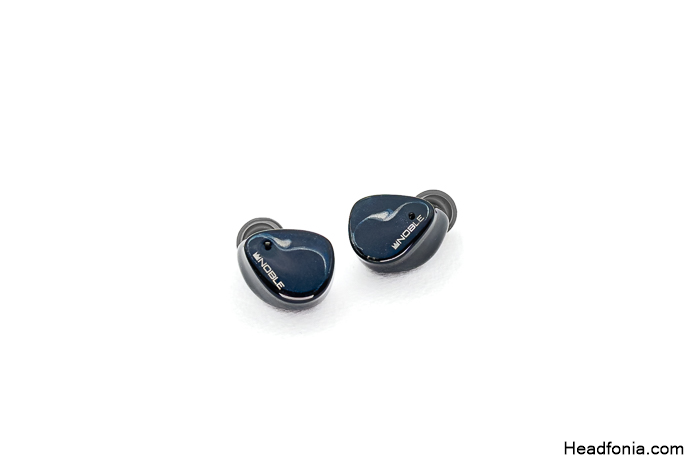
Bass
The Mystique has a great bass response that is elevated, fun and engaging. It gives instruments a thicker body, provides warmth for the overall presentation, and improves dynamism, especially when listening to a bass-heavy genre such as EDM, hip-hop, and similar. The FoKus Pro had an impressive bass texture and extension, now Mystique offers even deeper bass with a tighter and better resolution. If you find the quantity a bit much for your taste, especially with alternative genres, you can tune it down with the app’s EQ, and Mystique handles EQ well. You could also try the double flange tips within the package, as they reduce the bass weight but keep the resolution intact for my ear anatomy, but of course, this is due to the change in the surface area where the ear tips contact your ear canals and can vary highly so trying is your best bet. I still have a perfect seal with the double flanges, but the bass is dialed down, and I prefer this response when listening to alternative, heavy metal, and similar genres.
Mid
The Mystique delivers a clean, articulate midrange with a satisfying warmth. The slightly emphasized mid-bass lends a natural weight to instruments, particularly noticeable with strings. The vocals are clean and clear, with a good presence, offering ample detail, which is especially impressive for a TWS. The upper midrange is energetic, yet maintains excellent control. Since the Mystique can get unreasonably loud if you go above the damage threshold, you can hear everything getting sharper, sibilancy, starting with the upper mid so don’t damage your ears just because they let you. Compared to the FoKus Pro, the Mystique feels more refined and spacious, with a more transparent midrange. Overall, the midrange performance is solid and among the handful of very best in the TWS industry.
Treble
The Mystique offers excellent treble performance, seamlessly following the midrange. Its controlled extension into the top octave without any sharpness or discomfort is quite good, and compared to the FoKus Pro, I hear slightly better extension, especially in the high treble section. I still stand by what I wrote for the FoKus Pro that applies and goes beyond for the Mystique, delivering what I believe to be the cleanest treble I’ve encountered in a wireless device. The transparent treble shows a great level of resolution and detail retrieval while staying off the hot areas. The Mystique is a versatile earphone that will keep you happy regardless of the chosen genre, especially considering that it is a TWS that can do most right.
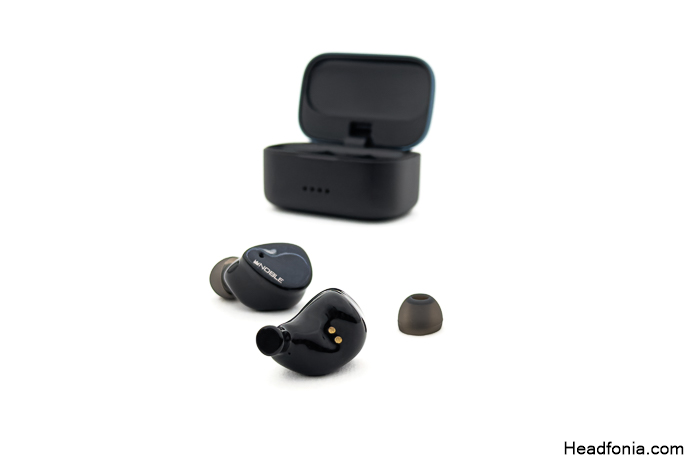
Technical Performance
The technical prowess of the Mystique stands as its most remarkable feature, casting a significant shadow that future TWS earphones should aspire to emerge from. The soundstage it presents is not only wide but also possesses a depth that adds a layer of immersion rarely experienced in wireless in-ear monitors. Instrument placement within this expansive soundstage is accurate, with a level of separation that impresses from the start. The instruments have ample air between them, and combined with accurate imaging, Mystique offers a competitive edge over other TWS earphones.
The Mystique’s PRaT is very good, perhaps the best among TWS that we evaluated here, showcasing an ability to deliver swift, snappy attacks and decays, effortlessly navigating through complex tracks without succumbing to muddiness or a sense of constriction across any musical genre. The tonal balance strikes a harmonious chord, and while some may find the need to slightly adjust the bass via EQ or ear tips for a more tonally balanced signature, this minor tweak does not detract from the overall experience as the Mystique’s on-board EQ is quite good.
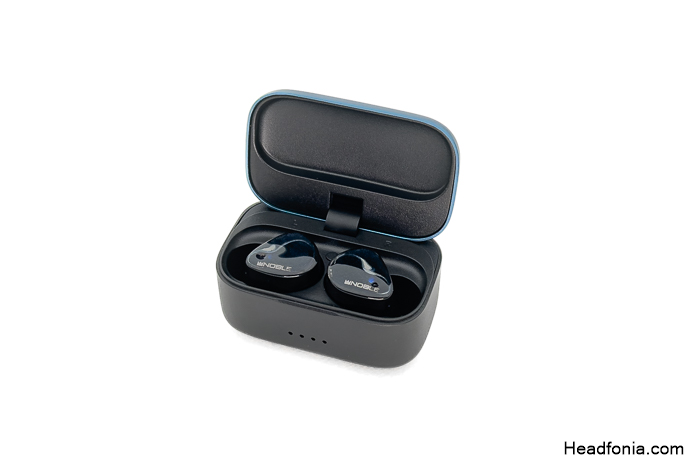
Along with the FoKus Pro, the Mystique sets a new benchmark for what TWS IEMs can achieve, reinvigorating my enthusiasm once again for the evolution of wireless audio technology. We hope to see more configurations and new competition in this sphere of the industry.
Comparison
vs. Unique Melody U-Free ($350 USD)
U-Free is one of the latest TWS models that feature hybrid configuration with a PBVTU driver combined with a full-range carbon dynamic driver. Similar to the Mystique, it supports SBC, AAC, APTX, and APTX adaptive codecs.
In terms of build quality, the Mystique offers a unique and aesthetic 3D-printed shell with a designer faceplate. It features embedded touch sensors. It looks like a custom in-ear monitor but without any wires. In my opinion, there is little to no competition here. Noble created one of the firsts in the industry with the FoKus line, built and aesthetic-wise.
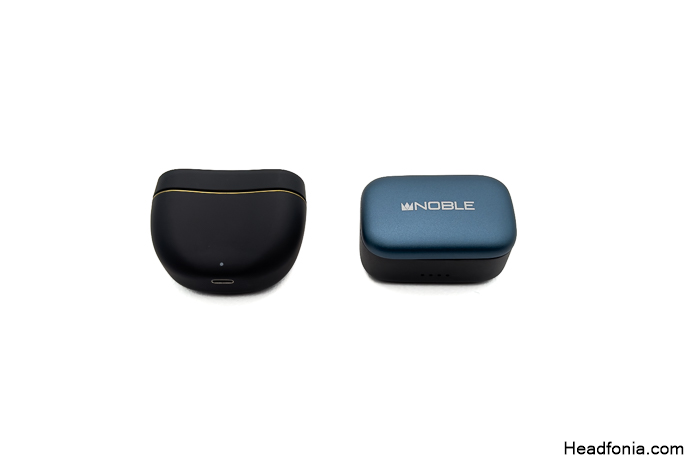
When comparing sound quality, the Mystique impresses with bolder tonality, bass weight, and impact. The U-Free impresses with its spacious and airy presentation. The U-Free’s tonal balance is better compared to the Mystique’s. The Mystique offers a more V-shaped tuning in comparison. Both earphones offer remarkable resolution in the wireless sphere. Both models offer similar PRaT with adequate agility, making them great all-rounders. While the U-Free has an advantage with its ANC feature, the Mystique offers better passive isolation and a better overall fit. Build quality-wise, the Noble is unrivaled, featuring hand painted shells, durable all-aluminum charging case. Overall, Noble offers a more premium package compared to the U-Free. Both of the IEMs perform reasonably well SQ-wise for their price point, and it is down to personal preferences to decide between both.
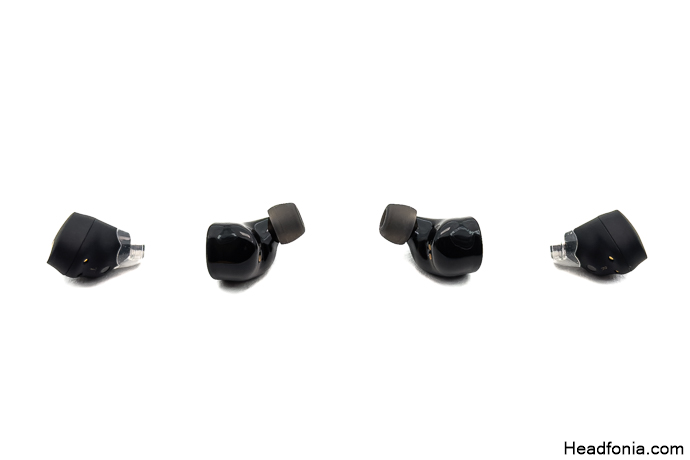
Conclusion
The Noble Audio FoKus Mystique demonstrates Noble’s know-how in IEM design, which has been successfully translated into TWS design with the FoKus line. Priced at $359, it offers a unique listening experience with a sound quality currently unrivaled in the TWS market. The semi-custom 3D printed shells, unique hand-painted swirl faceplates, and all-aluminum carrying case nicely complement the earphones’ competitive performance. The Mystique appeals to audiophiles seeking superior sound while excelling in everyday wireless functionality. I definitely recommend trying it if you want your hopes reinvigorated in the TWS IEM market.
The Noble Audio FoKus Mystique is now featured on our Recommended Buy list, replacing the FoKus Pro.

Pros
+ Excellent sound
+ Easy to enjoy signature
+ Impressive build quality
+ Solid technical capability for a TWS
Cons
– Tip dependency
– Price
Page 1: Noble, FoKus Mystique, Packaging & Accessories, Design, Build Quality & Fit, Connection Stability, Controls & App Support,
Page 2: Call Quality, Battery Life, Sound Signature & Performance, Comparison, Last Words





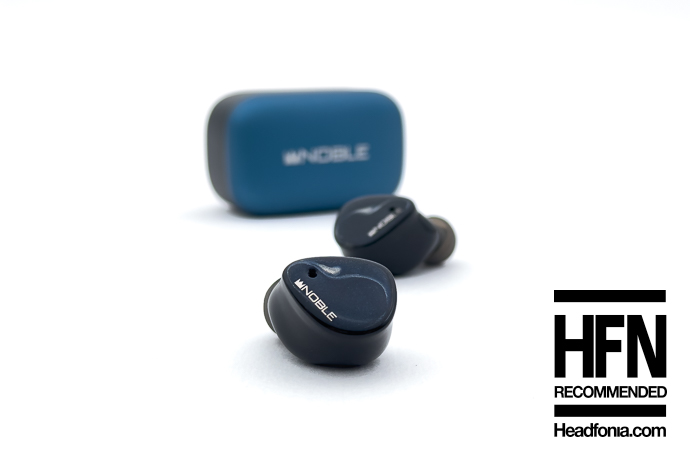
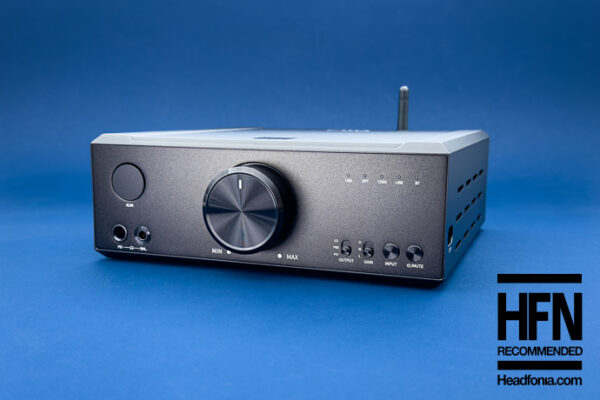
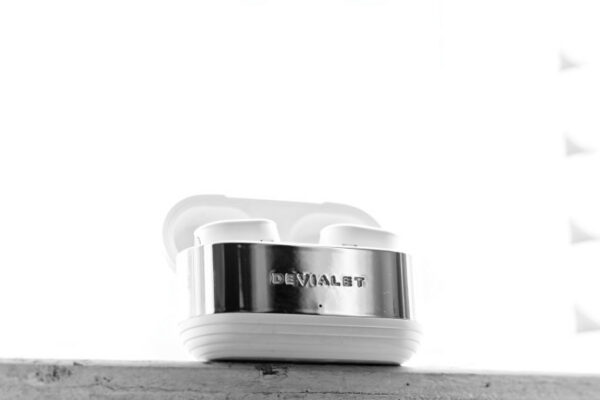
leo
noble mystique compared vs noble mystique???
Yagiz
Small heading error, thanks for pointing it out. All sorted now.